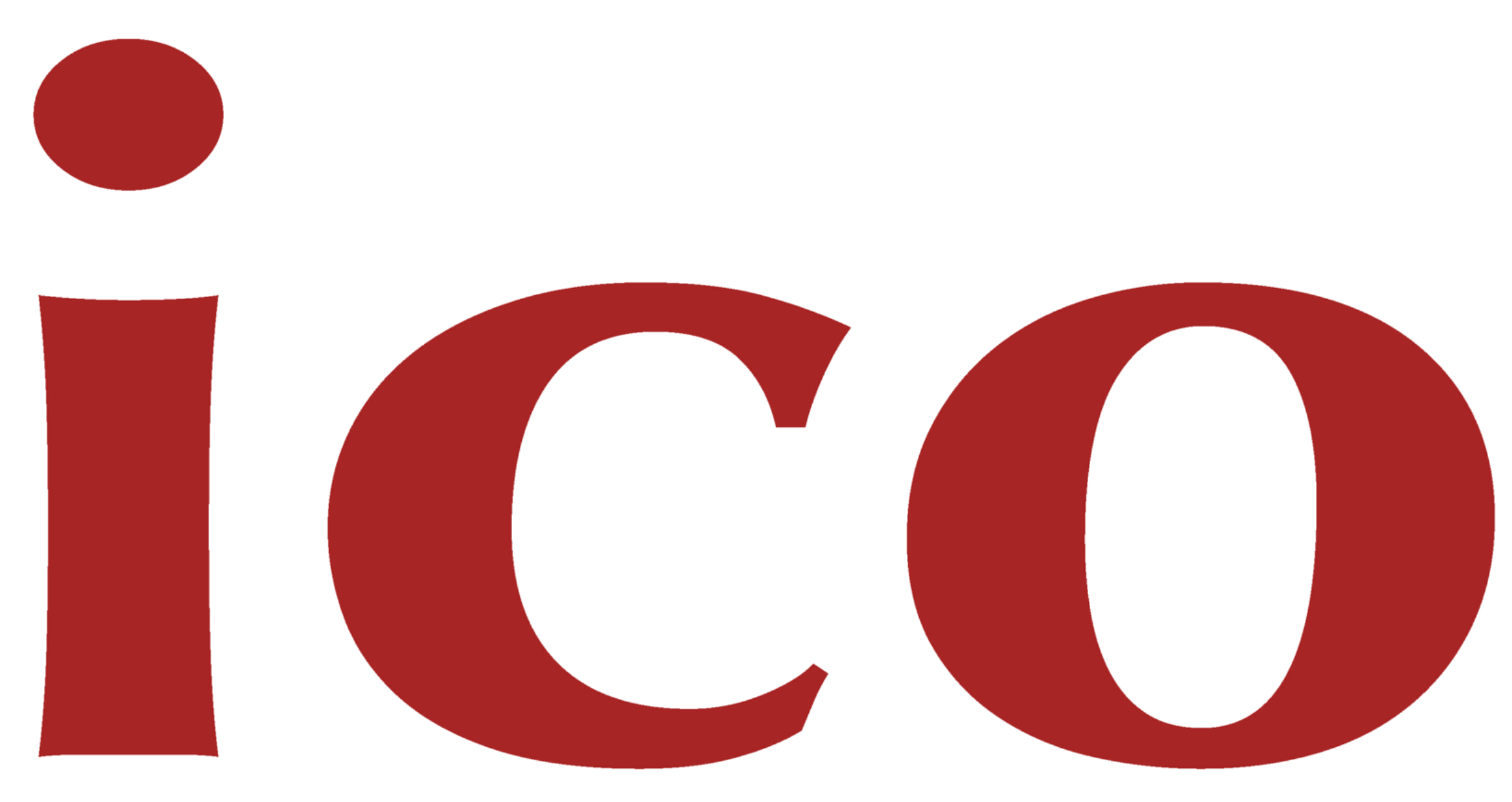22-SLR Systematic Literature Review
Basic information
Course coordinator: Dr. Omid Noroozi, Wageningen University and Research
Tutor: Dr. MohammadReza Farrokhnia, Wageningen University and Research
Course description:
This course is designed to train PhD candidates in conducting a Systematic Literature Review (SLR) as a rigorous and transparent form of review. A SLR identifies, selects, and critically appraises research in order to answer a clearly formulated question. SLRs adhere to a strict scientific design based on a detailed, transparent, and replicable method of collecting, appraising, and synthesizing evidence to answer a well-defined question. SLRs can also help identify research gaps in the current understanding of a particular field and thus can be used to guide future research. With acquiring the knowledge and skills of SLRs, PhD candidates would be able to refine their knowledge on the subject area of interest, develop new research ideas, and gain critical skills to synthesize existing literature. This course aims to help participants understand the key components of a SLR and acquire the key skills needed to carry out their own reviews. The course combines student-centered sessions with project work wherein students will be encouraged to conduct a SLR and write a draft paper on a topic of their choice.
Course objectives:
Upon the successful completion of the course, students are expected to:
- Know the importance and implications of SLRs for scientific research and practice
- Distinguish SLRs from other types of review works
- Describe the key steps in conducting a SLR
- Develop an answerable question using the “Participants Interventions Comparisons Outcomes” (PICO) framework
- Perform a comprehensive search in various online databases for relevant literature
- Design a justified inclusion and exclusion criteria for the selection of relevant publications
- Apply different software applications such as EndNote and ATLAS.ti for screening, categorizing, and critically appraising the risk of bias of articles
- Develop a coding scheme to critically analyze the selected articles
- Analyze and interpret the selected articles based on the research question(s)
- Write a draft article based on SLR in their own field
Requirements:
The students should have an academic master’s degree, but no further requirements need to be fulfilled.
Course Set up
Type of course:
Blended (Face-to-face and online). Based on the Corona measurements in April/May, we may even consider running the course in a hybrid setting, meaning that it would be possible for participants to attend online or face-to-face meeting for each session.
Given that the course counts 3 ETC, 84 hours should be invested to pass the course successfully. In this regard, the following time distribution is foreseen:
- 32 hours face-to-face and online meetings
- 52 hours for home assignments
Location: University of Wageningen
Dates:
The schedule is as follows. Days start at 10 am and end at 5 pm with a one-hour lunch break in between. Starting time could be adjusted, depending on how far Ph.D. candidates have to travel to participate in the face-to-face sessions.
| Session | Date | Topics | Readings | Assignments |
| 1 (Face-to-Face) | Friday 1 April 2022 | a SLR | Andrews, Richard. 2005. The place of systematic reviews in education research. British Journal of Educational Studies. 53(4): 399-416. (optional) Petticrew, M., & Roberts, H. (2008). Systematic reviews in the social sciences: A practical guide. John Wiley & Sons. Chapter 1: Why do we need systematic reviews? (optional) Grant, M. J., & Booth, A. (2009). A typology of reviews: An analysis of 14 review types and associated methodologies. Health Information & Libraries Journal, 26(2), 91-108. (required) Kitchenham, B. (2004). Procedures for performing systematic reviews. Keele, UK, Keele University, 33(2004), 1-26. (optional) Moher D, Liberati A, Tetzlaff J, Altman DG, The PRISMA Group (2009). Preferred Reporting Items for Systematic Reviews and Meta-Analyses: The PRISMA Statement. PLoS Med, 6: e1000097 (required) Petticrew, M., & Roberts, H. (2008). Systematic reviews in the social sciences: A practical guide. John Wiley & Sons. Chapter 2: Starting the review- Refining the question and defining the boundaries (optional) | Formulating well-defined research questions for a SLR using PICO Identifying the right search keywords and developing search strategies through a hands-on practice |
| 2 (Online) | Thursday 14 April 2022 (new date!) | Meline, T. (2006). Selecting studies for systematic review: Inclusion and exclusion criteria. Contemporary issues in communication science and disorders, 33(21-27). (optional) Kugley, S., Wade, A., Thomas, J., Mahood, Q., Jørgensen, A. M. K., Hammerstrøm, K., & Sathe, N. (2016). Searching for studies: A guide to information retrieval for Campbell. Campbell Systematic Reviews. (required) Bramer, W. M., Giustini, D., de Jonge, G. B., Holland, L., & Bekhuis, T. (2016). Deduplication of database search results for systematic reviews in EndNote. Journal of the Medical Library Association: JMLA, 104(3), 240. (required) Assessment of Multiple Systematic Reviews (AMSTAR): https://amstar.ca/Amstar_Checklist.php JBI’s critical appraisal tools: https://jbi.global/critical-appraisal-tools Critical appraisal skills programme (CASP): https://casp-uk.net/casp-tools-checklists/ | Defining inclusion/exclusion criteria and implementing search and refining findings | |
| 3 (Online) | Friday 29 April 2022 | Developing a coding scheme, analyzing the selected articles, and writing the results section | ||
| 4 (Face-to-Face) | Friday 13 May 2022 | Incorporate peer and instructor feedback and edit draft article |
Assessment:
The student completes the course when s/he demonstrates evidence of having read the articles, being present during the course, actively engages in exchanging and discussing ideas in the workshops, and completes the individual assignments according to the guidelines, and finally hands out a SLR paper in their own field based on a review of four identified articles.
Max. number of participants: 12
